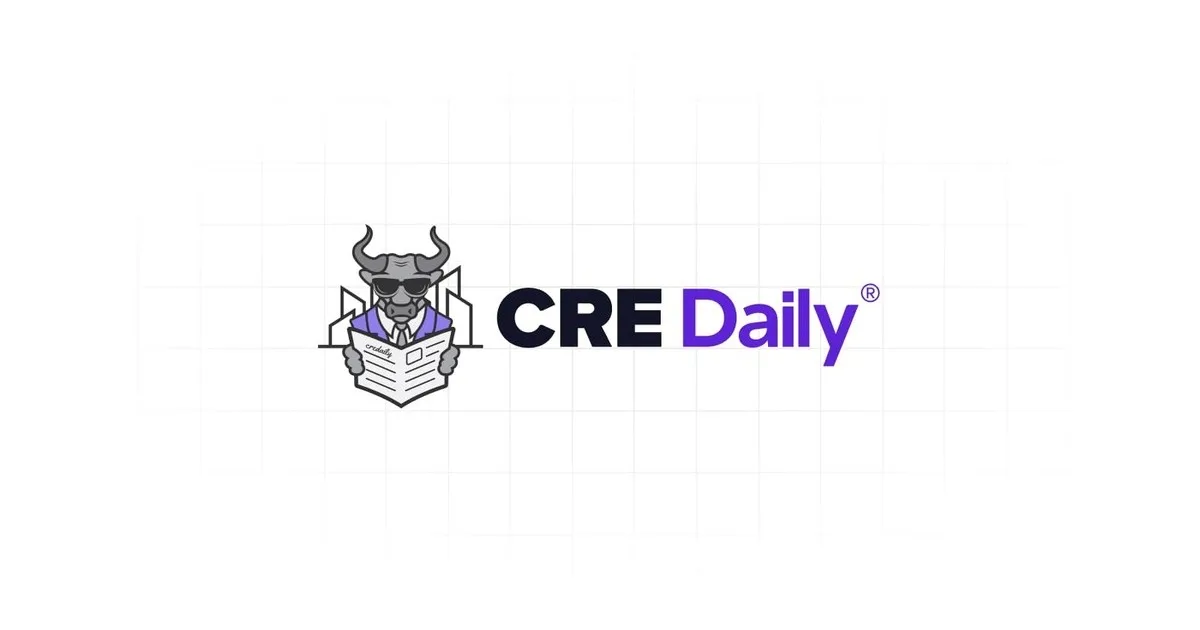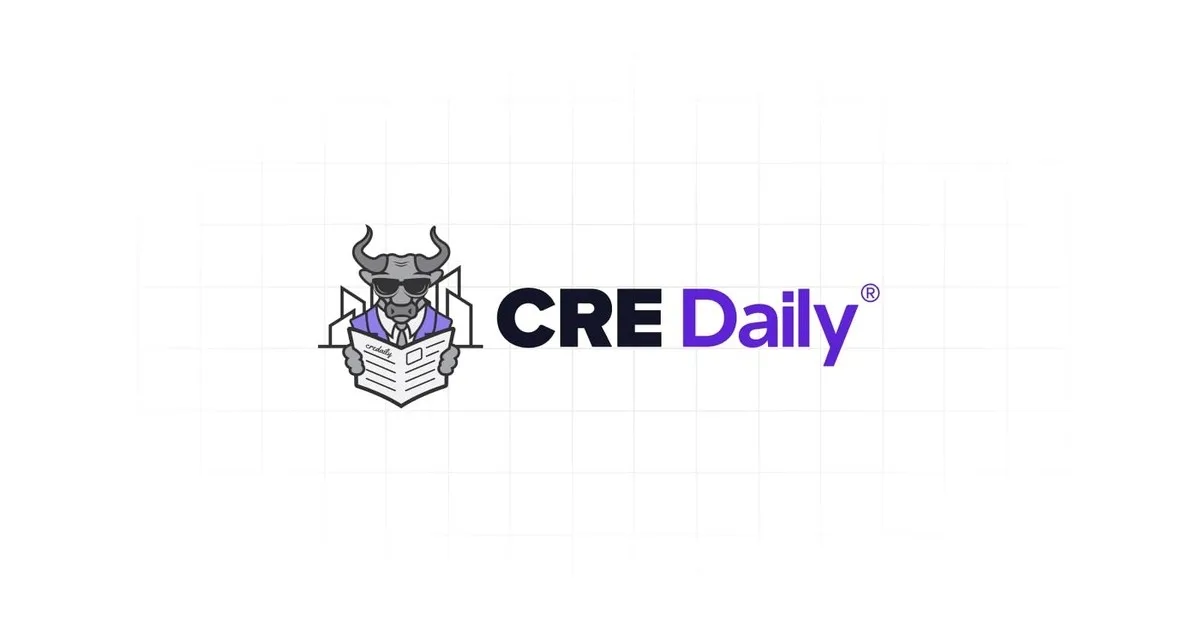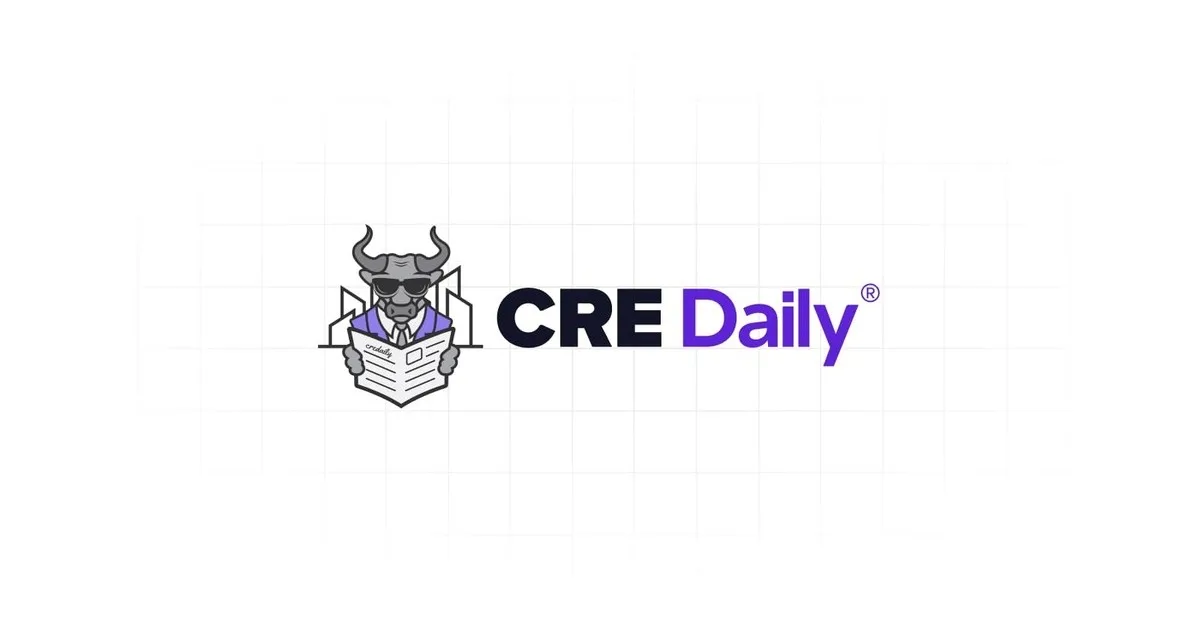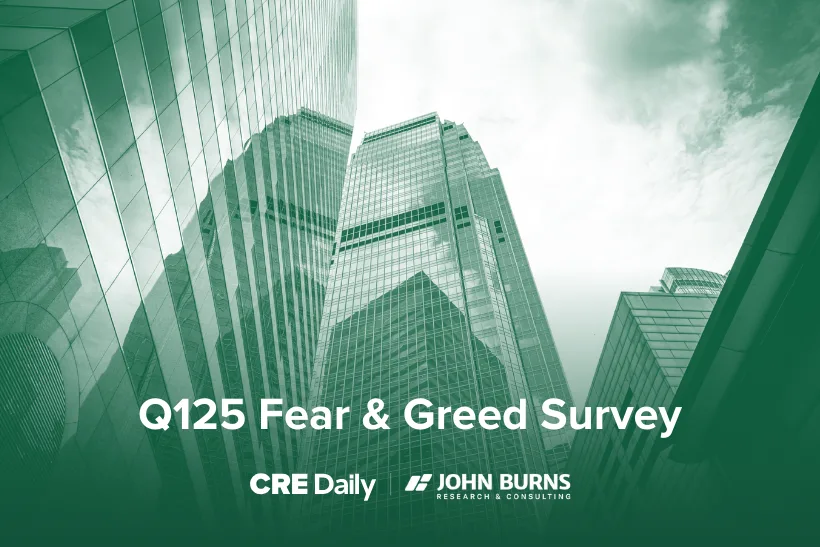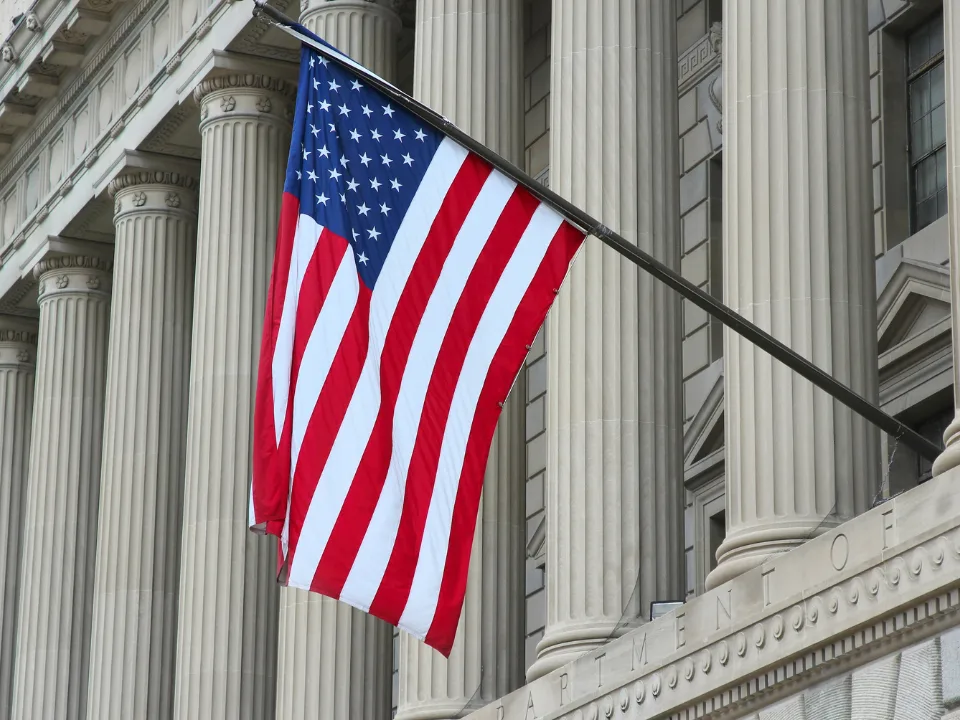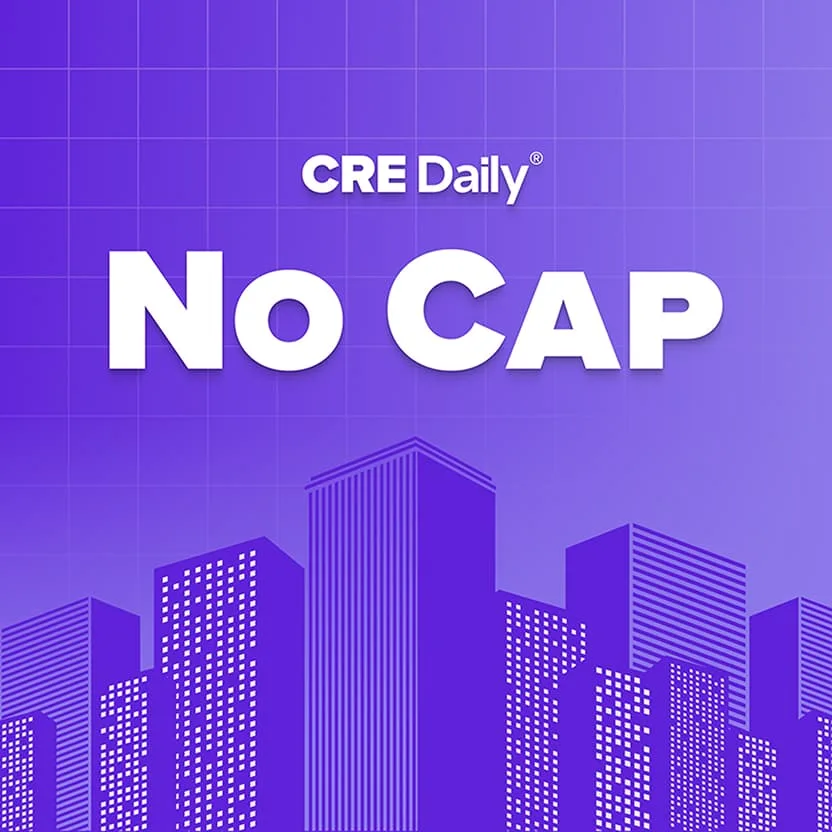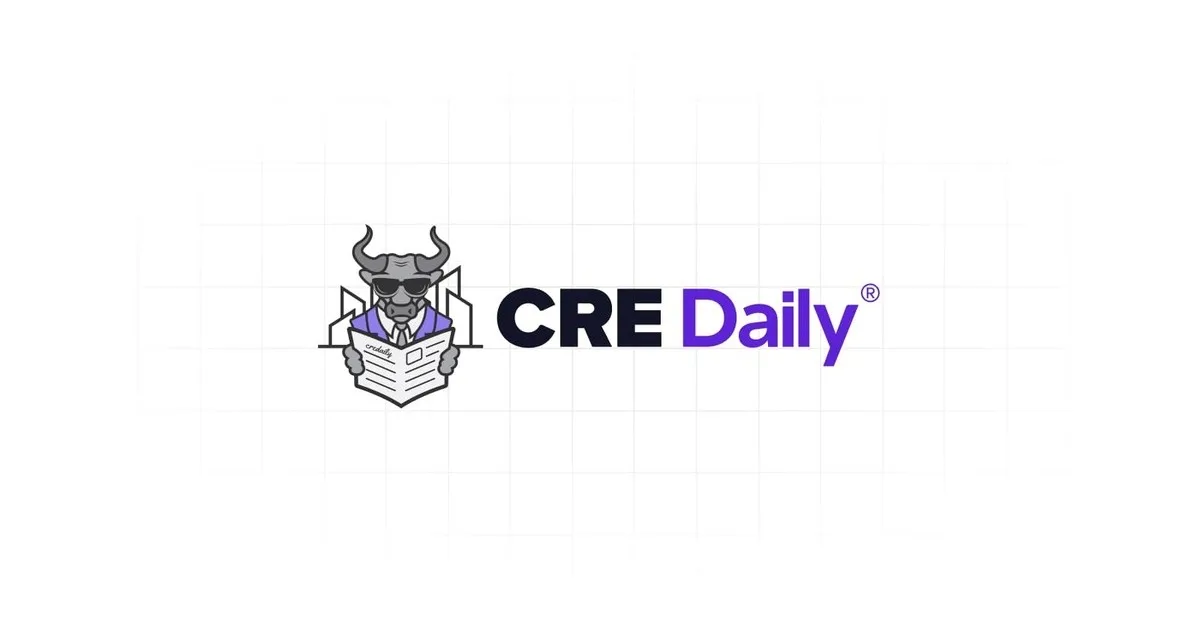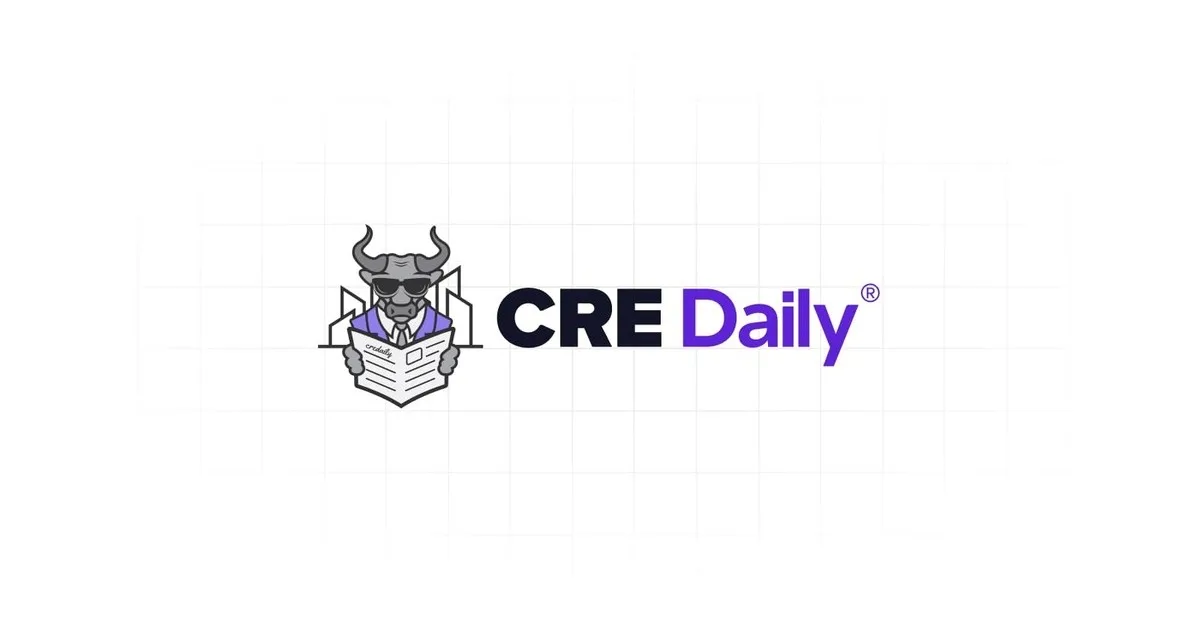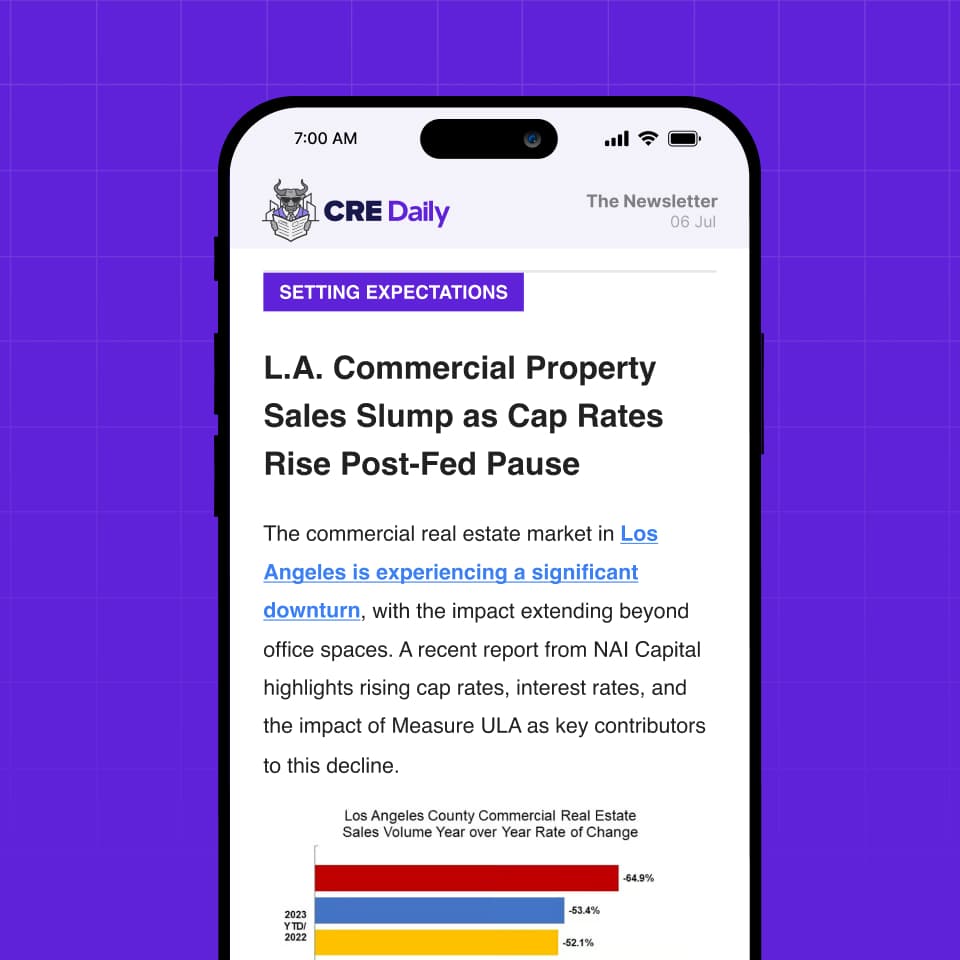- Consumer spending, which accounts for 69% of US GDP, is showing signs of significant fatigue, raising concerns about economic resilience heading into mid-2025.
- Credit card charge-off rates have reached a 13-year high, with rising delinquencies and more Americans making only minimum payments on balances.
- Consumer confidence has plummeted to near-record lows, with inflation expectations at their highest since 1981, signaling mounting anxiety about future financial conditions.
Cracks in the Foundation
According to GlobeSt, for months, economists have warned that US consumers — the core of the country’s economic engine — are nearing a breaking point. Now, the data is confirming those fears.
According to JPMorgan Chase, unrecoverable credit card loans have hit their highest level since 2011, reflecting a sharp uptick in consumer strain across households.
Supporting that view, Federal Reserve data shows charge-off rates on credit card loans at top US banks surged to 4.58% in Q4 2024 — a level not seen since post-financial crisis recovery years.
The Minimum Trap
A new report from the Federal Reserve Bank of Philadelphia reinforces the distress signals. More consumers are only making minimum payments on their credit cards — now at a 12-year high. Delinquency metrics, especially in the historically weak fourth quarter, reached or broke new records. This trend suggests that rising costs and tighter budgets are beginning to bite into consumer balance sheets.
While credit card balances rose 4% in the fourth quarter year-over-year, that’s a significant slowdown compared to the double-digit growth seen during the inflationary booms of 2022 and 2023.
Warning Lights From Wall Street
JPMorgan CEO Jamie Dimon has flagged the unemployment rate — currently at 4.2% — as a critical threshold. If job losses mount, he warns, credit losses will accelerate. The bank currently places the chance of a recession at about 50/50.
Adding to the pressure, JPMorgan’s CFO Jeremy Barnum noted that April consumer spending showed signs of being artificially boosted — consumers front-loaded purchases ahead of anticipated tariffs from the Trump administration.
Get Smarter about what matters in CRE
Stay ahead of trends in commercial real estate with CRE Daily – the free newsletter delivering everything you need to start your day in just 5-minutes
Confidence Collapses
Perhaps most striking is the sharp fall in consumer sentiment. The University of Michigan’s Consumer Sentiment Index dropped to 50.8 in April — the second-lowest reading in its 72-year history.
Inflation expectations have also surged, with Americans now expecting prices to rise 6.7% over the next year — the highest forecast since 1981. This deepening consumer strain reflects not just frustration with prices, but a growing lack of confidence in the economic outlook.
Why It Matters
An overstretched consumer base could act as a major drag on GDP growth in the second half of 2025. Historically, US consumers have been resilient, but as debt levels rise, confidence erodes, and inflation expectations remain stubbornly high, spending power may dwindle — potentially pushing the economy closer to a downturn.
What’s Next
With rising delinquency rates, weakened confidence, and new tariffs kicking in, all eyes will be on employment and wage data. If job losses begin to mount, the slowdown in consumer spending could quickly snowball, making the second half of 2025 far more challenging for the broader economy.





